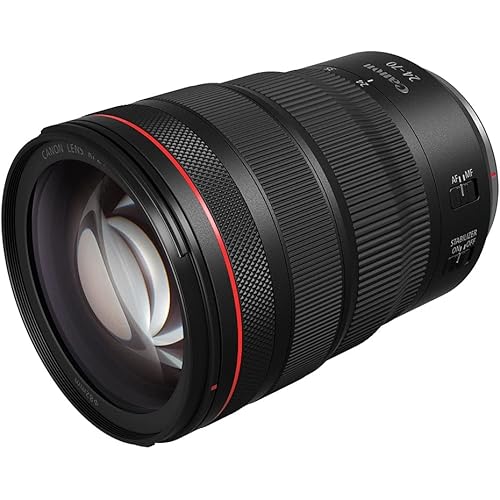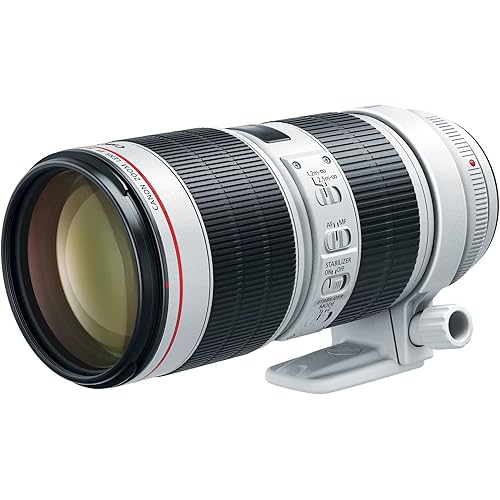Nikon AF S NIKKOR 85mm f/1.8G Fixed Lens with Auto Focus for Nikon DSLR Cameras





Buy Now, Pay Later
- – Up to 36-month term if approved
- – No impact on credit
- – Instant approval decision
- – Secure and straightforward checkout
Ready to go? Add this product to your cart and select a plan during checkout.
Payment plans are offered through our trusted finance partners Klarna, Affirm, Afterpay, Apple Pay, and PayTomorrow. No-credit-needed leasing options through Acima may also be available at checkout.
Learn more about financing & leasing here.
Selected Option
Returnable until Jan 31, 2026 Learn more
To qualify for a full refund, items must be returned in their original, unused condition. If an item is returned in a used, damaged, or materially different state, you may be granted a partial refund.
To initiate a return, please visit our Returns Center.
View our full returns policy here.
Recently Viewed
Style: Lens Only
Features
- Fast aperture medium telephoto lens
- Internal focus, focal length: 85 millimeter, minimum focus range: 0.80 meter
- Silent wave motor (SWM). Number of diaphragm blades: 7 (rounded diaphragm opening)
- M/a focus mode switch. Filter-attachment size is 67 millimeter (p=0.75 millimeter)
- Nikon super integrated coating (sic)
- 85 millimeter fixed lens, maximum reproduction ratio 0.12 x
Description
To focus using autofocus with manual override (M/A): Slide the lens focus-mode switch to M/A. If desired, autofocus can be over-ridden by rotating the lens focus ring while the shutter-release button is pressed halfway (or, if the camera is equipped with an AF-ON button, while the AF-ON button is pressed). To refocus using autofocus, press the shutter-release button halfway or press the AF-ON button again. The fast maximum aperture of f/1.8 performs brilliantly under any lighting conditions and delivers beautiful, natural background blur that brings out the best in any subject. Compatible Format(s) - FX, DX, FX in DX Crop Mode, 35mm Film.
Brand: Nikon
Focal Length Description: 85 mm
Lens Type: Telephoto
Compatible Mountings: Nikon F (FX)
Camera Lens Description: The Nikon AF-S NIKKOR 85mm f/1.8G Fixed Lens is a fast aperture medium telephoto lens designed for Nikon DSLR cameras. It features an internal focus system, a focal length of 85 millimeters, and a minimum focus range of 0.80 meters. The lens boasts a silent wave motor (SWM) for fast and quiet autofocus, a rounded diaphragm opening with 7 blades for smooth bokeh, and Nikon's super integrated coating (SIC) for enhanced image quality. The lens is compatible with FX, DX, and FX in DX Crop Mode formats, and it has a filter attachment size of 67 millimeters. With a maximum reproduction ratio of 0.12x, it also offers some degree of macro capabilities. See more
Product Dimensions: 2.87 x 3.15 x 3.15 inches
Item Weight: 12.3 ounces
Item model number: 2201
Batteries: 1 Lithium Ion batteries required.
Is Discontinued By Manufacturer: No
Date First Available: January 6, 2012
Manufacturer: Nikon
Frequently asked questions
To initiate a return, please visit our Returns Center.
View our full returns policy here.
- Klarna Financing
- Affirm Pay in 4
- Affirm Financing
- Afterpay Financing
- PayTomorrow Financing
- Financing through Apple Pay
Learn more about financing & leasing here.
























